July 2015. Two years ago in June, as the giant Black Forest fire near Colorado Springs, Colorado, was just being contained, I wrote about a tiny, brightly colored, fire-dependent moth, Schinia masoni, the Colorado Firemoth. If you want to see this moth, I wrote, go out in early summer to an area along the Colorado Front Range that has burned in the last few years, and you are likely to see lots of Blanketflowers, Gaillardia aristata, which tend to bloom profusely for a few years after fires in the foothills pine woods. If you are lucky and sharp-eyed you will find the Colorado Firemoth hiding on these red and yellow flowers in its brightly colored, red and yellow camouflage.
I was going to Colorado in mid-July this summer, and I assumed I had missed my chance to see the moths. But the season was a bit delayed this year, the Blanketflower bloom several weeks late. Out of the blue I got an email from a Colorado naturalist to whom I’d introduced the moth a decade ago. “It has been a long time, but I never stop thinking about that moth! We were hiking the other day up on Mt. Galbraith in Golden, Colorado, and as we moved through a burn area with a lot of G. aristata, I thought to myself this is a good place to find S. masoni, and sure enough the second flower I gazed at had a small moth on it!” I believed her, but she sent a photo her husband had taken to prove it anyway.
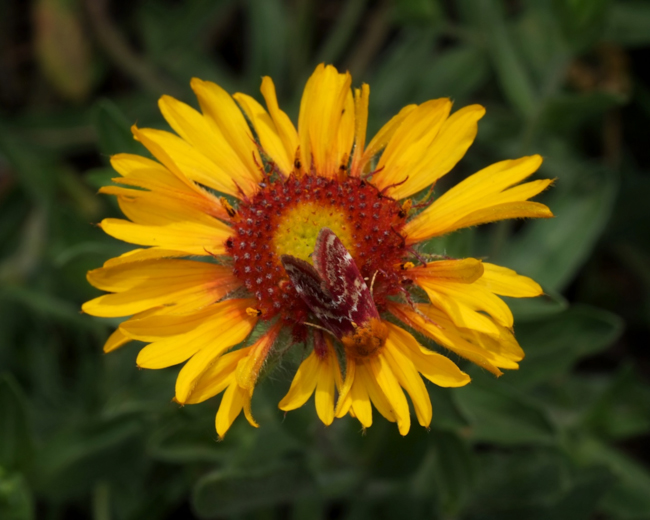
Schinia masoni on Gaillardia aristata, Mt. Galbraith, Colorado, 5 July 2015. Photo courtesy of Dave Elin.
The email said that they saw adult moths on July 5th. I did a quick calculation, based on the life history of the moth that I had worked out in the late 1980s: if adults were there on July 5th, mating and laying eggs, I should be able to find the larvae of the moths eating the seeds of the Blanketflowers up to three weeks later. I hiked up the Mt. Galbraith trail with my daughter on July 23rd.
Sure enough, as we crossed the old 2011 burned area on the north side of the mountain, we saw lots of patches of Blanketflowers among the dead and fallen trees. It was clear that the fire four years ago had released a bloom of Gaillardia from its seed bank waiting underground.
The blossoms were mostly at the seedhead stage now – many had dropped their yellow ray flowers, the “petals,” and the disc flowers with the seeds were bulging and drying out. At this stage, the caterpillars of the Colorado Firemoth, if present, are eating the developing seeds, and their feeding creates distinctive “tracks” – bulges and discoloration on the seedhead of the flowers – that give away their presence. These flowers were filled with the tracks of Firemoth larvae, confirming that adults had been here a couple of weeks ago.
The trail up Mt. Galbraith starts in a steep canyon on the east side, and switchbacks up, giving great views of the town of Golden below, Denver in the middle distance, and the ocean of the plains of eastern Colorado beyond, to the horizon. After a significant climb it intersects with a loop trail that circles the peak. Circling to the south, we looked out over the canyon of Clear Creek, which flows past the huge industrial complex of the Coors Brewery, carrying the water from the upstream old mining towns of Idaho Springs and Georgetown with which they make their beer. It must be the cocktail of toxic metals leaching from the old 19th century mine tailings that give Coors and Coors Lite its distinctive diluted-horse-piss taste, so beloved by patrons of sports bars, in the west and elsewhere. [No, I didn’t just write that. It was inserted by hackers working for the microbrew industry — ignore it!]
From here we could look down on Lookout Mountain. A meadow at its base where hang gliders now land turns out to be the type-locality for Schinia masoni. A “type locality,” in case you were wondering, is the place where the specimen from which a species was initially described and named was collected. The moth was named in 1896 for Mr. John T. Mason, of Denver, who first collected it there. I picture Mr. Mason taking a day off from whatever work he did to explore the foothills west of Denver in June in the early 1890’s. He was an amateur naturalist, and I imagine him trying to identify the wildflowers blooming then, and collecting butterflies. The mile-high air was clear, the sky an intense blue and thunderheads were just beginning to build over the Front Range. At the end of the morning’s collecting, I imagine Mr. Mason picking a bouquet of wildflowers for his wife. Purple Vetch, Indian Paintbrush, and Blanketflower. After picking one of the Blanketflowers, he just happened to see that resting on it was a small moth, it burgundy wings and yellow head and thorax so perfect a match to the flower that he hadn’t noticed it before.
On the side of Lookout Mountain, facing east where it can be seen even from Denver, is a giant “M” made of whitewashed rocks. We could see it clearly from our vantage point on the Mt. Galbraith trail. This is probably the only place on Earth where a species has its type-locality memorialized in a giant letter: “M” for “masoni.” Uh… you seem skeptical… You don’t believe me? OK, I confess, I made this up. The giant “M” really stands for “Miners,” the name of sports teams from the Colorado School of Mines, which is located in Golden. Google it, and you will find this picture as one of those on their rotating headline banner:

The big “M” on Lookout Mountain from Golden, Colorado; Mt. Galbraith on the far right. Photo courtesy of Colorado School of Mines.
Schinia masoni belongs to a very unusual subfamily of the large and common moth family, the Noctuidae. Typical moths in the Noctuidae are drab, dark-colored, mottled – camouflaged when they rest on tree bark, rocks, or lichens. Picture grey, brown, black, salt-and-pepper. But members of the subfamily to which the Firemoth belongs, the flowermoths, are camouflaged on the flowers of their larval host plants and adult nectar plants – picture pink, purple, red, yellow, and white. Colorful camouflage may sound contradictory, but not for flowermoths. Schinia masoni is flaming red and yellow, and very hard to see when resting on Blanketflower. The colors of the flower, and the moth, reflect the fiery flames that have shaped their co-evolution. They evolved in these foothills of the Front Range, an ecologically-contested landscape at the interface between grassland and forest, where fire is the main factor influencing the ever-shifting boundary.
——-
But let’s circle back to my opening tease about the Black Forest Fire of 2013, which motivated the original “Colorado Fires and Firemoths” story to which this is a sequel. As I wrote then, the Black Forest Fire was the most destructive in Colorado history; it burned more than 500 houses and 15,000 acres of ponderosa pine woods. I wanted to see it now, two years later. On a hot, sunny mid-July morning I drove down I-25, through the hellish traffic of south-Denver and along the crowded freeway corridor that now connects Denver and Colorado Springs. At Monument, on the crest of the “Platte-Ark Divide” – the high ridge that divides the watersheds of the South Platte River and the Arkansas River – I turned east off the interstate. This ridge reaches east from Monument for about seventy miles, at an elevation of 7,000 feet or so, and supports the ecological conditions under which ponderosa pine forests thrive. The finger of pines that points eastward along the Platte-Ark Divide seems to be flipping the bird to the entire east of the continent from the Colorado Front Range.
I drove straight to the town of Black Forest, home to an unbelievable number of churches, and epicenter of the Black Forest Fire. It was very weird to explore around the edges of the area that burned two years ago. Up some roads, old houses were still buried in thick green pines. Up others, the ruins of burned houses still stood. But in the burned neighborhoods most people had rebuilt, and the new houses were all concrete or stucco with metal roofs, fireproof fortresses standing amidst the black, dead forest.
This year has been wet in Colorado, and the understory grasses were tall and green. Nowhere, in a day of driving the backroads of the Black Forest, did I see a release of Gaillardia like on Mt. Galbraith. That surprised me. Maybe they were there, but overtopped by the grasses so I couldn’t spot them from the road.
It had been a long day of driving around in the Black Forest, and I headed north to Boulder. In one way, I felt frustrated that my expectations of fields of Blanketflowers brimming with Firemoths, or at least their larvae, hadn’t been realized. But the day reminded me that nature is still a puzzle, still full of surprises. There will be plenty more fires in these foothill forests of the Front Range, creating more habitat for the Colorado Firemoth, and I’ll be back, maybe next year, to continue my ongoing conversation with this lovely little moth.
For related stories see:
Sources and related links:
- A Beautiful Relationship. Exhibit at the University of Colorado Museum.
- Byers, Bruce A. 1989. Biology and Immature Stages of Schinia masoni (Noctuidae). Journal of the Lepidopterists’ Society. 43(3), 1989, 210-216.
- Peluso, Beth. 2007. The Charcoal Forest: How Fire Helps Animals and Plants.

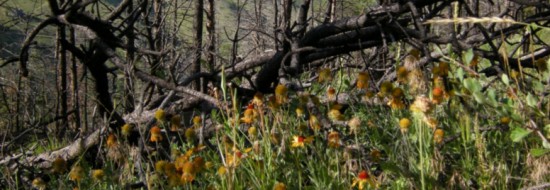
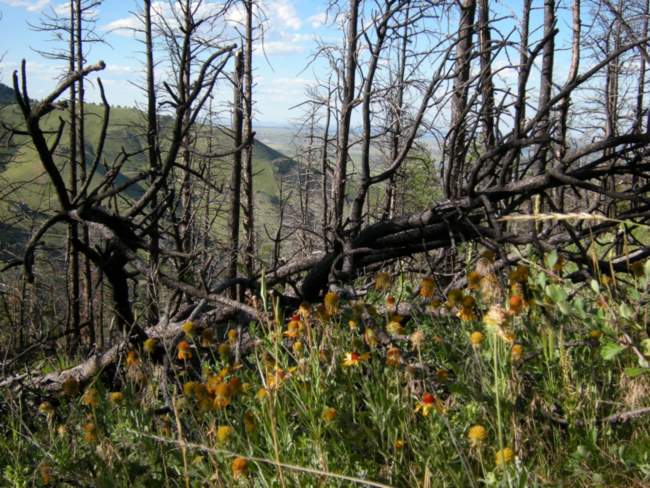
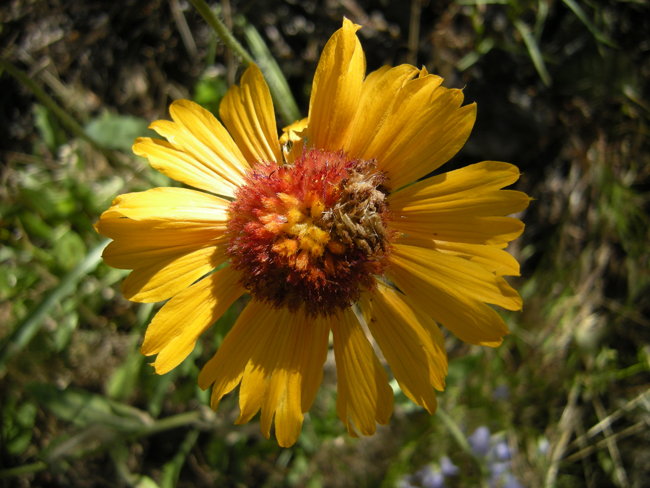
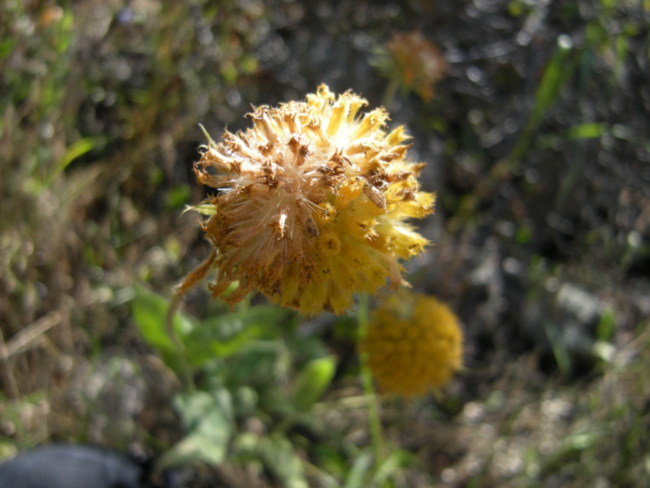
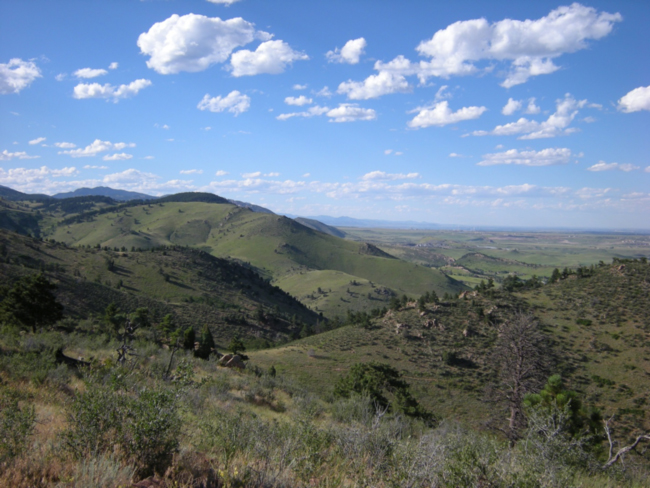
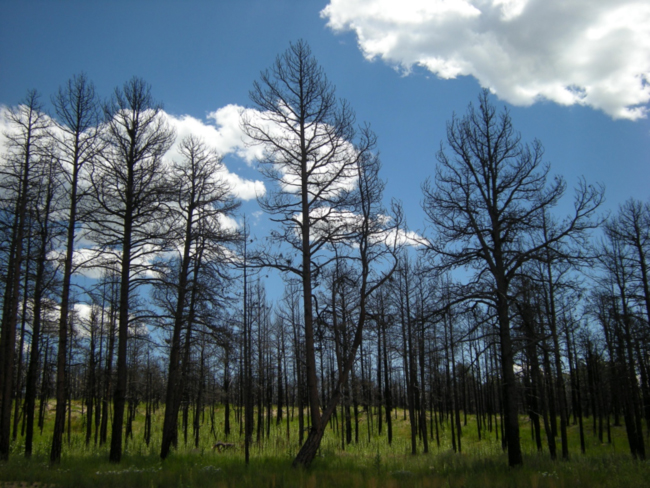
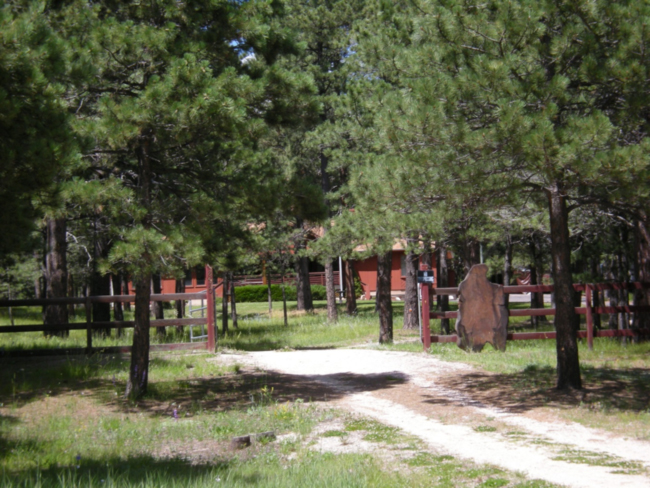
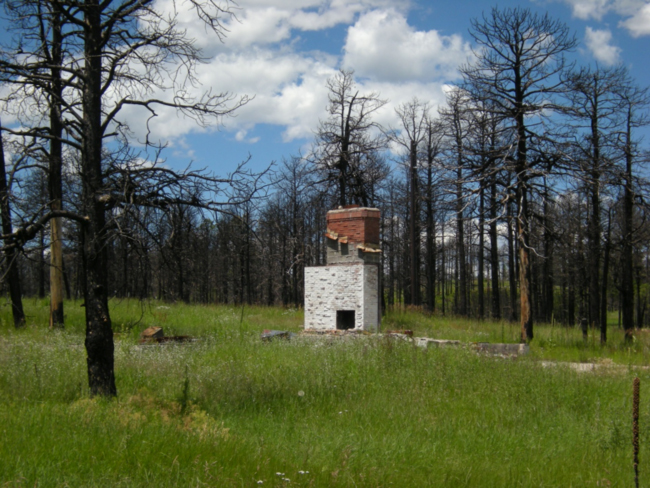
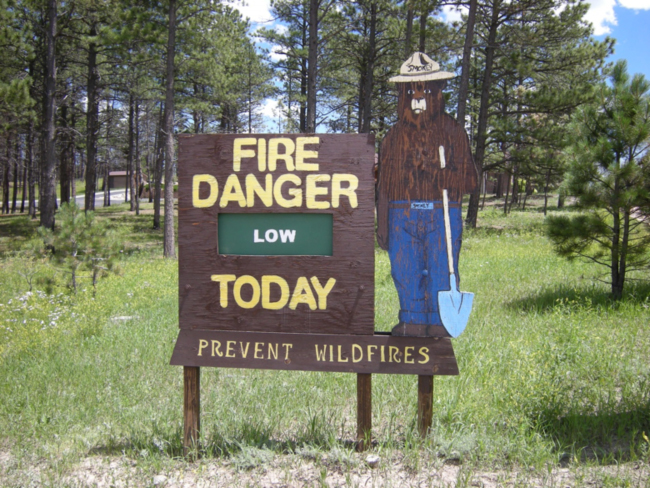
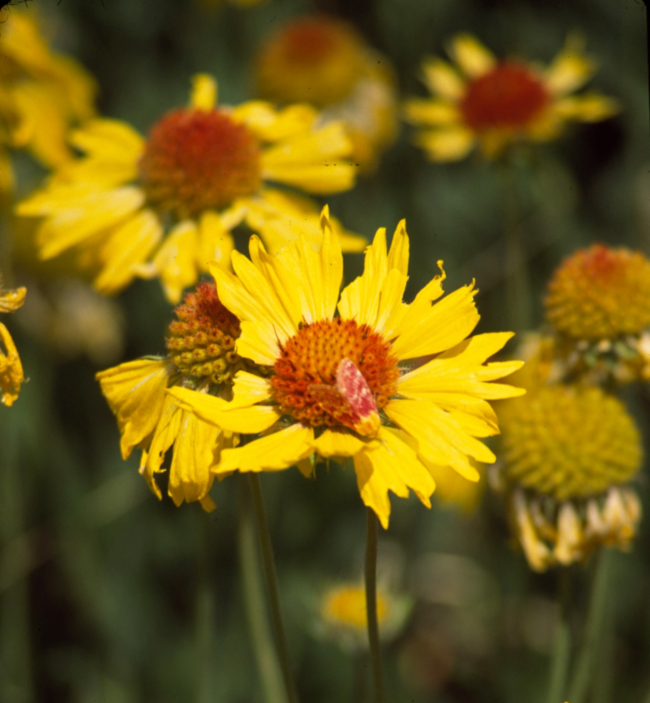



August 19, 2015 11:09 am
Hi, Bruce, thanks for this fascinating story of sleuthing for the Colorado fire moth and blanketflowers. You kept me reading (skimming) to the end… You will find the firemoth again, or others you inspire, will, as was the case with the naturalist lady who you wrote about. I hope this is picked up by some naturalists or hikers/bikers magazine/blogs. Funny line you left in there about Coors beer’s unique flavor…
Walter
August 26, 2015 3:45 pm
Great story, lovely pictures.
Thank you Bruce for it.
Thomas